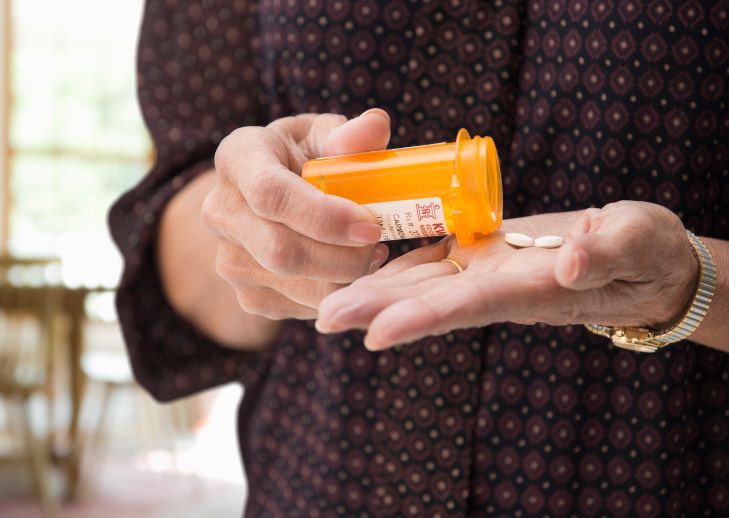(source = https://www.centerforbiosimilars.com/news/list-prices-for-medicare-part-d-drugs-exceeded-inflation-in-2016-2017-analysis-says)
List price increases for many Medicare Part D drugs—both brands and generics—exceeded inflation in 2016 and 2017, in some cases by a substantial margin, according to a recent analysis from the Kaiser Family Foundation.
The inflation rate between July 2016 and July 2017 was 1.7%, and of the 2879 drugs reported in 2017’s Medicare Part D drug spending dashboard, 60% (1733 drugs) had list price increases that exceeded inflation.
One-fourth had price increases of at least 10% between 2016 and 2017; more than one-third (35%) had price increases above the rate of inflation but below 10%.
Another 284 drugs (10%) had price increases below inflation. For the remainder (859 drugs, or 30%), list prices decreased between 2016 and 2017.
The top 25 drugs by total Medicare Part D in 2017 were brand-name drugs; the majority of those (20) had list price increases between 2016 and 2017 that exceeded the inflation rate, in some cases by double digits. For 20 of the 25 drugs, price increases ranged from 3 times to more than 9 times the rate of inflation.
Pregabalin (Lyrica) rose 15.7%, lenalidomide (Revlimid) rose 15.3%, adalimumab (Humira Pen) rose 13.2%, and insulin aspart (Novolog Flexpen) rose by 11.0%. Looking at 2014 to 2017, those same 4 brands had list price increases in the double digits: Humira Pen (18.8%), Lyrica (15.9%), Novolog Flexpen (14.8%), Revlimid (11.6%).
Among the 96 drugs used by more than 1 million Part D enrollees in 2017, 22 had list price increases between 2016 and 2017 above the rate of inflation. Of those, 17 were generics (77%); half of the products (11) had list price increases below 5%, while price increases for the remaining ranged from 6% to 32%—or 3 to 18 times the rate of inflation.
The report said that while some data suggest that overall drug price increases may have moderated recently, prices for specific drugs continue to rise at rates above inflation.
As has been proposed in various pieces of recent legislation and proposals (including H.R. 3, the Lower Drug Costs Now Act of 2019, S. 2542, the Prescription Drug Pricing Reduction Act of 2019, and well as proposals from the Trump administration), Medicare could save money if drug manufactures limited price increases to the rate of inflation or paid a rebate to the federal government.
It isn’t known how drug companies will respond to such proposals, however, such as by increasing launch prices for new drugs or reducing existing rebates.
Any effect on price would depend on which drugs are included in any policies, as well as the price measure used to compare against inflation, and the base year used for calculating rebates.
In a preliminary estimate of the Senate Finance Committee legislation, the Congressional Budget Office (CBO) estimated a $57.5 billion reduction in Medicare spending between 2020-2029 due to the Part D inflation rebate proposal, and a $10.7 billion reduction due to the Part B inflation rebate proposal.
CBO has not yet estimated the effects of the inflation rebate proposals in H.R. 3.
Medicare beneficiaries could also benefit from policies that limit the growth in list prices, because cost sharing under Part D often comes in the form of coinsurance, which is calculated as a percentage of the list price. Thus, if there is slower growth in overall Part D program costs, beneficiaries could also see lower Part D plan premiums.

